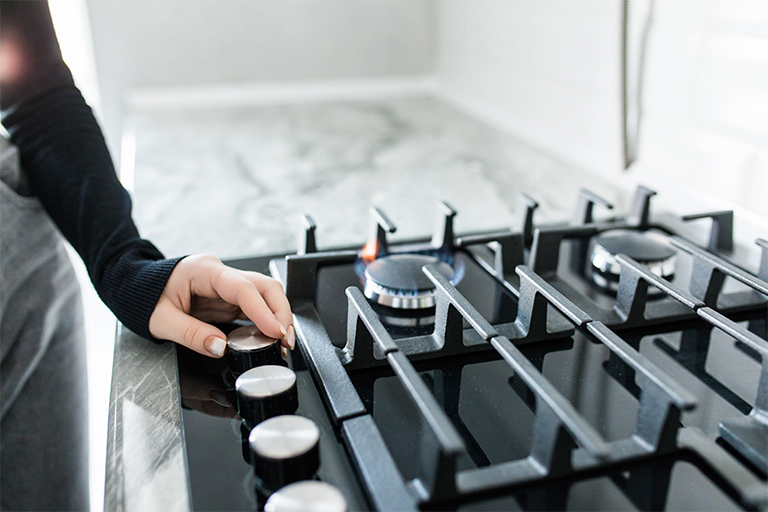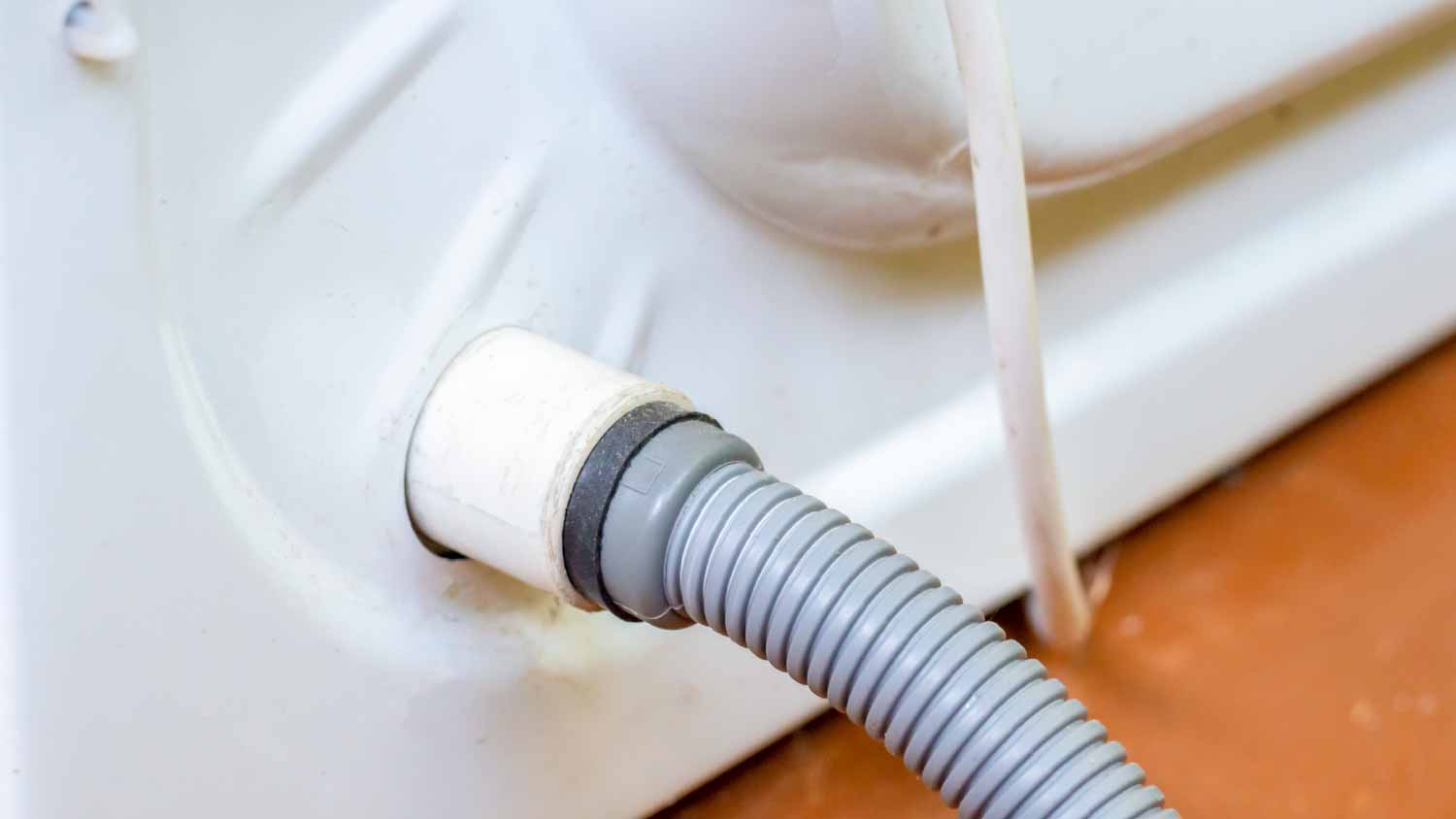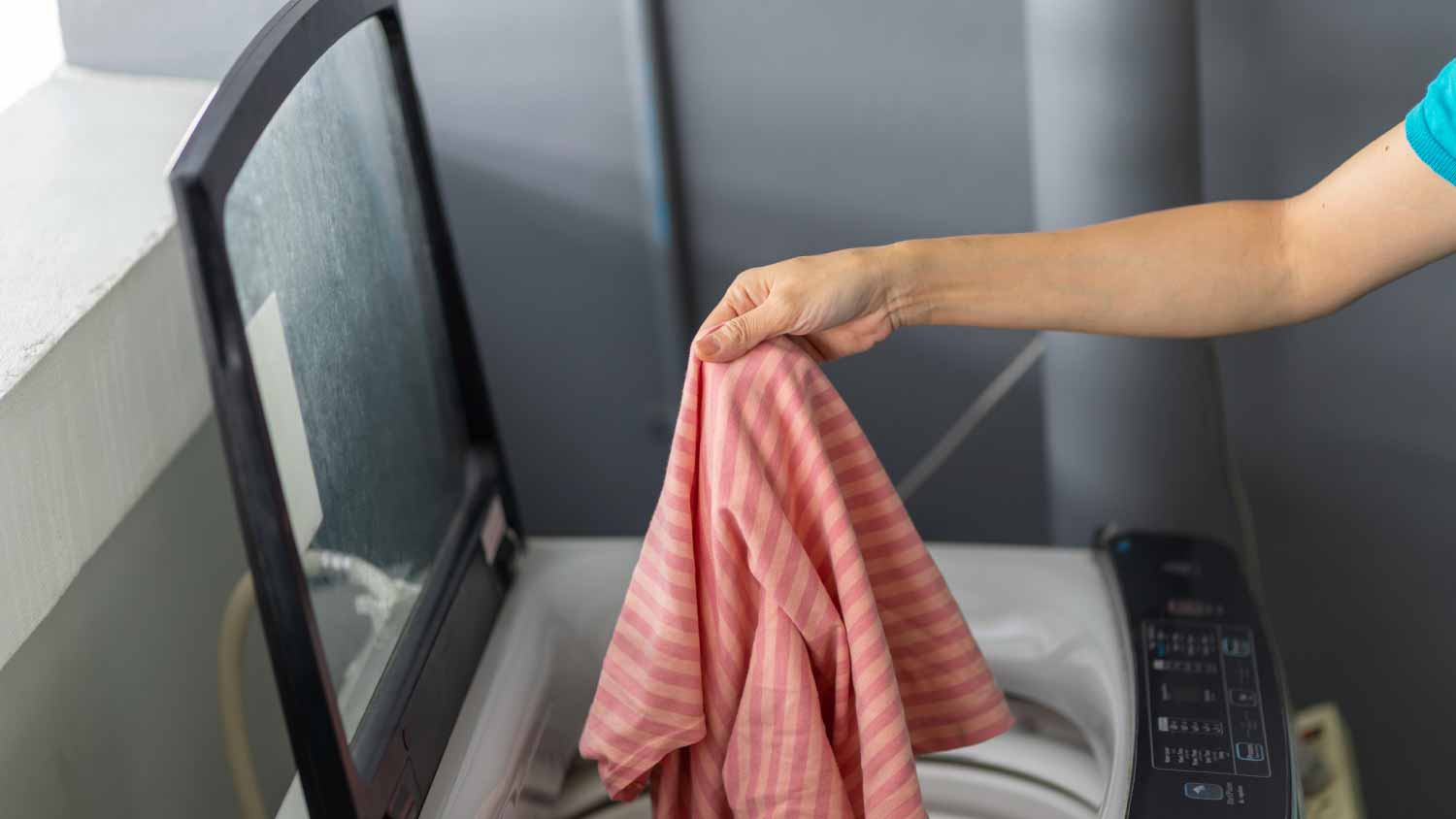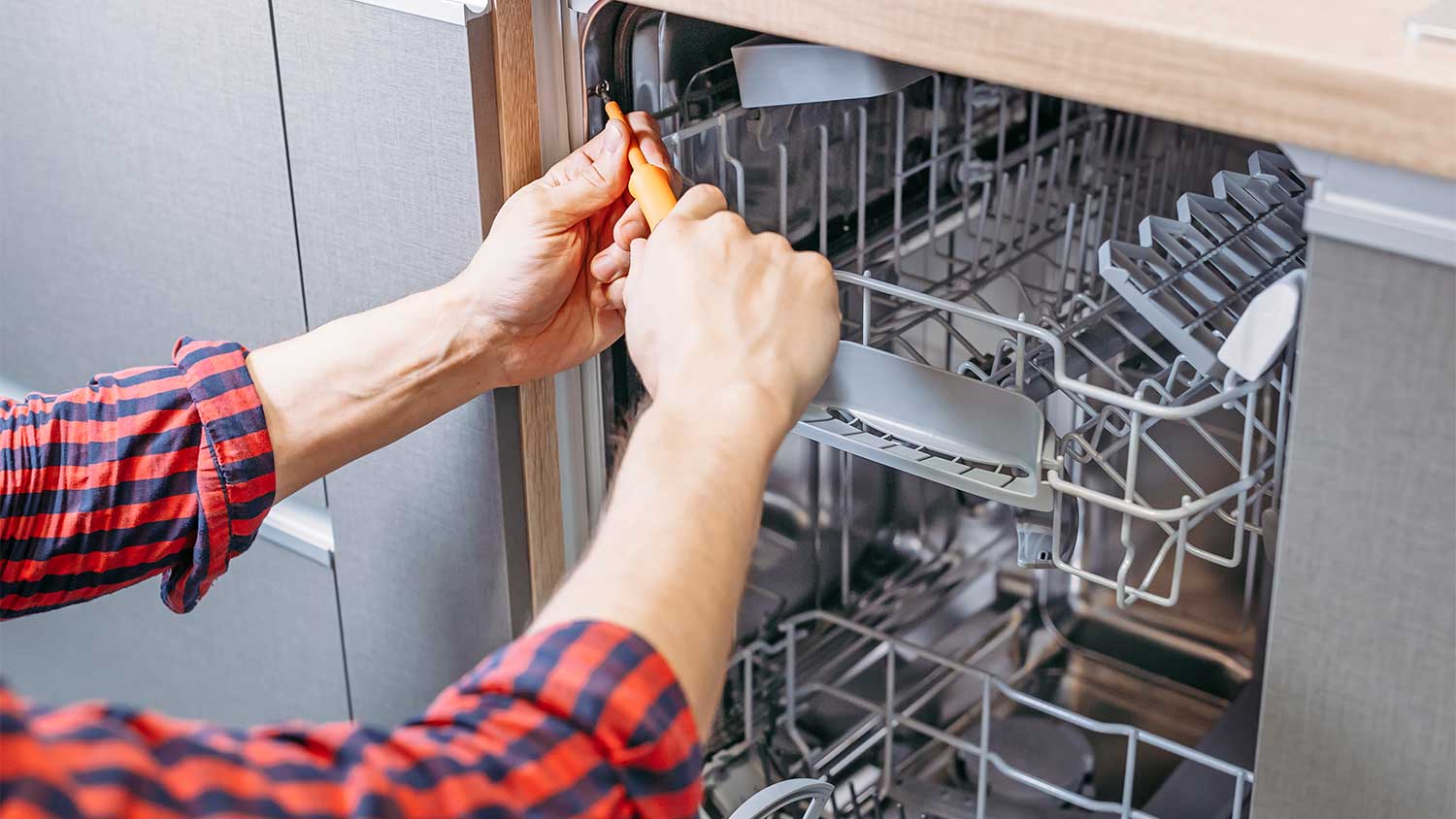
Discover the cost to install a gas cooktop. Learn about average prices, key cost factors, and tips to save on your gas cooktop installation project.
Figure out what’s causing your soggy situation


Your washer is likely not draining due to a clogged drain hose.
Other causes of drainage issues include faulty pumps and lid switch issues.
Professional washing machine repair costs an average of $125 to $450.
When you’re met with a tub full of water instead of a finished cycle, chances are there’s something up with your washing machine. There’s a reason why your washer is not draining, and the holdup could be anything from a clogged drain to a rogue sock or a pump that needs replacing. We dive into the common reasons your washer is not draining so you can move your load to the dryer without having to scoop out buckets of water in the process.

The most common reason your washer is not draining is that you have a clogged drain hose. When lint or debris collects in your drain hose, it can block water flow from the washer tub to the hose during the spin cycle, resulting in your washed items in a pool of water.
If you’re an experienced DIYer, you can unclog the drain hose yourself using a plumber’s snake. Push it through the hose until it hits the blockage, then twist the snake to break up the clog and pull the debris out with it. In some cases, you can also pour baking soda and vinegar into the hose, then flush with hot water to break up the clog. If you’re uncomfortable with DIY methods, you can call a washing machine repair expert near you.
If your drain hose is all clear, your drainage issue could be the result of a faulty pump. This could mean a clog in the pump, a broken belt or impeller, or a leak. Signs of a pump issue include strange noises or leaking from the washing machine when it’s running. You’ll have to take a closer look at the pump to figure out which scenario could be causing the lack of drainage.
Consult your machine’s manufacturer’s instructions to see where your pump is located and what parts are included. A malfunctioning pump will need to be replaced, which you can either do yourself if you have the tools and skills, or you could call an appliance repair specialist. The cost to repair a washing machine typically falls between $125 to $450, depending on the problem.

Top loading washing machines usually have a lid switch that detects whether the lid is closed. If the lid switch is faulty or broken, your washer may not drain and sometimes won’t start.
Press the lid switch to see if it’s functioning properly. If you don’t hear a click, it could be a sign that your lid switch is broken and needs to be replaced. You can do this yourself if you know what type of switch to order. Otherwise, call the manufacturer if your washer is under warranty or contact your local washing machine repair company.
Some washers come with a drain filter that can collect everything from lint and debris to coins and other stray objects over time. If not cleaned often, the clogged filter can prevent water from draining properly.
Clear out the drain filter every 1 to 3 months, depending on how much laundry you do and how often you run loads. Most filters are located behind a small panel in the bottom front of the machine. Once removed, clean it with warm water and let it dry before putting it back in place.
Not all repairs are equal—some, like clearing filters or drains, can be handled by experienced DIYers, while others should be left to a licensed professional who fixes washing machines. If you lack the time, tools, and background to replace a part yourself, it’s best to hire an expert to do it for you. This way, the drainage problem is fixed correctly the first time around.
From average costs to expert advice, get all the answers you need to get your job done.

Discover the cost to install a gas cooktop. Learn about average prices, key cost factors, and tips to save on your gas cooktop installation project.

Get expert insights on dishwasher repair cost, including average prices, key cost factors, and tips to save money on repairs.

Garbage disposals last five to 10 years, and replacement is preferred over repairs. Here’s everything you need to know about replacing your garbage disposal.

Learning how to install a washing machine standpipe drain is not the most complicated task, but you need to follow the steps precisely to ensure nothing leaks or breaks.

Burnt popcorn or a candle gone wrong can smell pungent and overwhelming. Find out how to get these smoky smells out of your house for good.

This article outlines the top reasons why your electric cooktop may not be working and the most straightforward solutions to each problem.